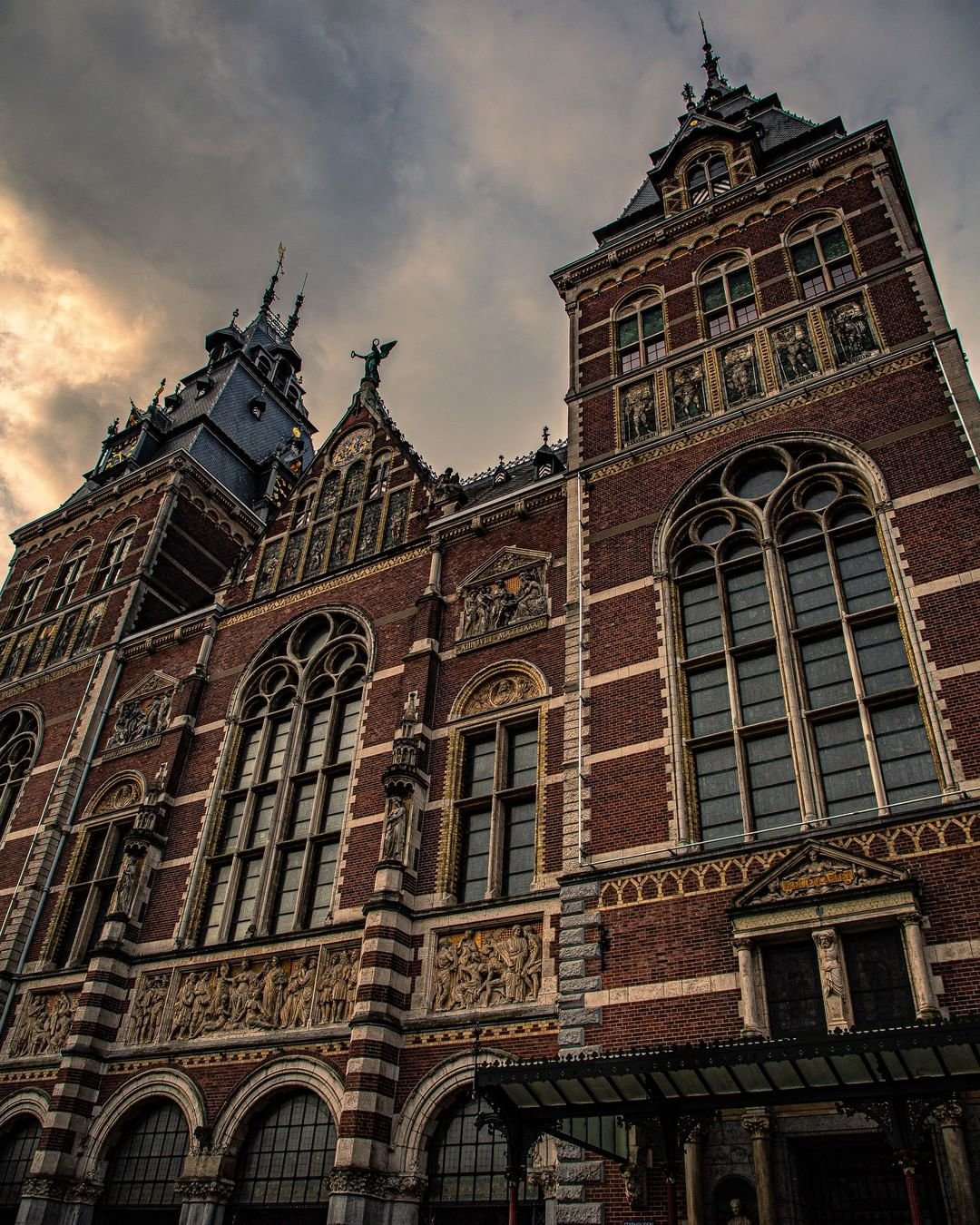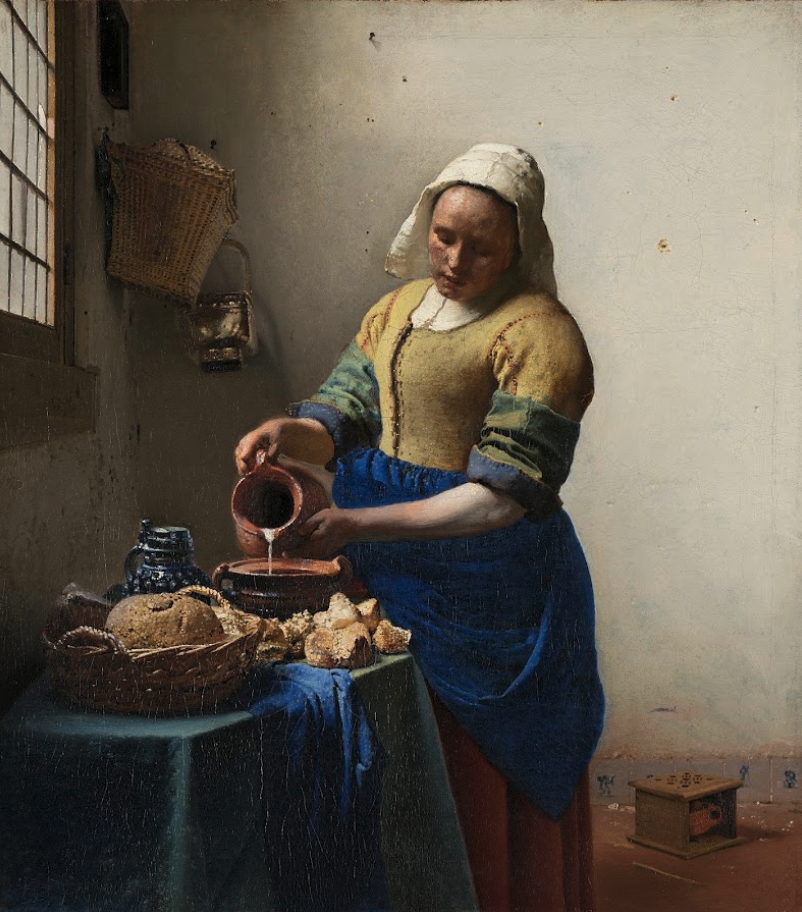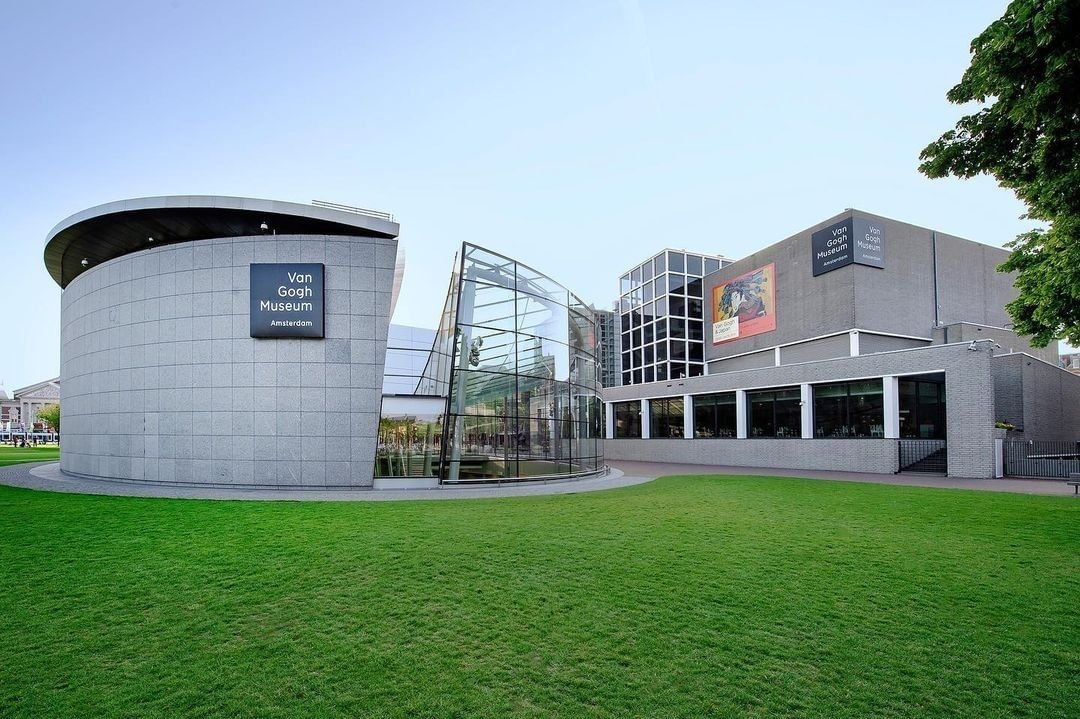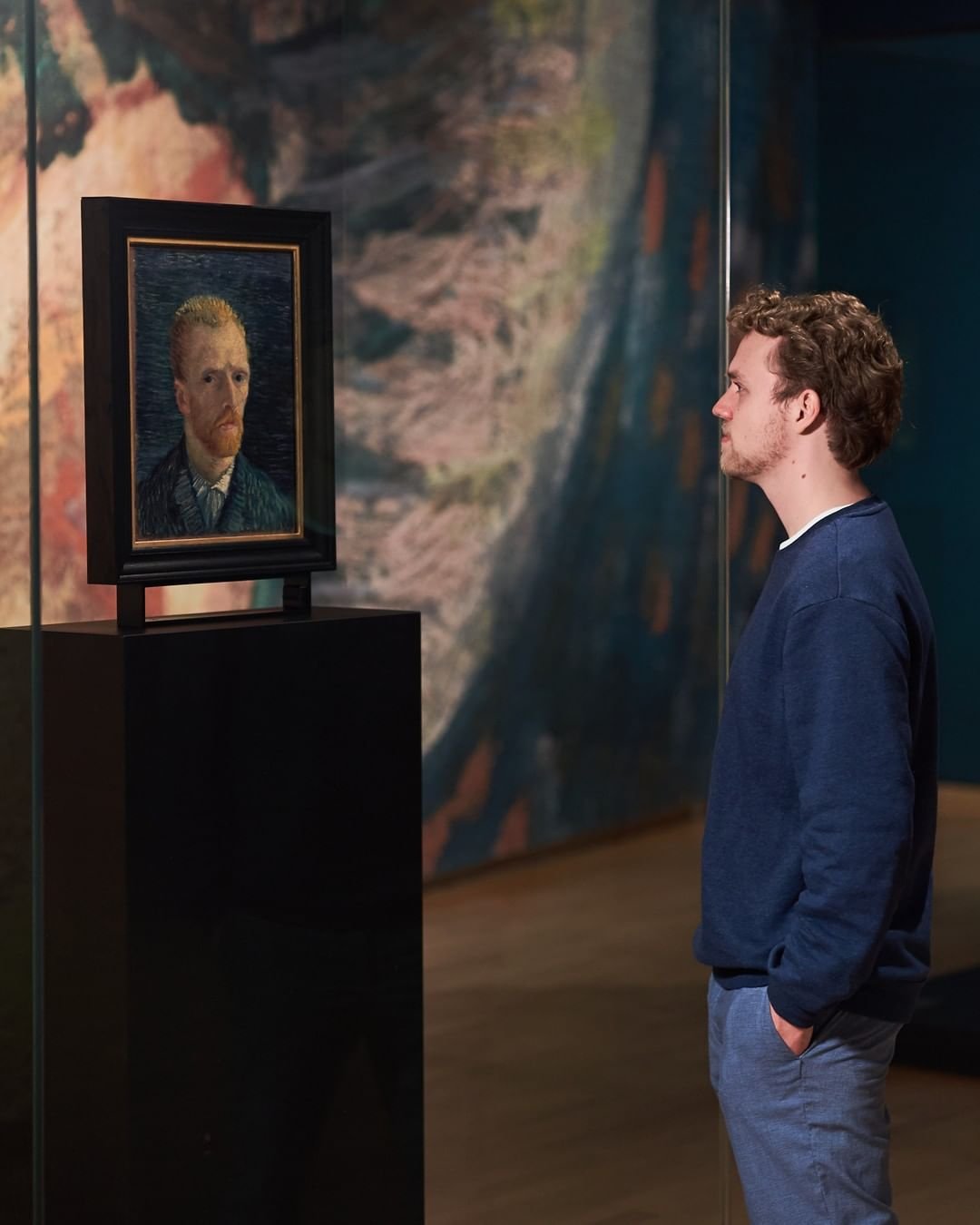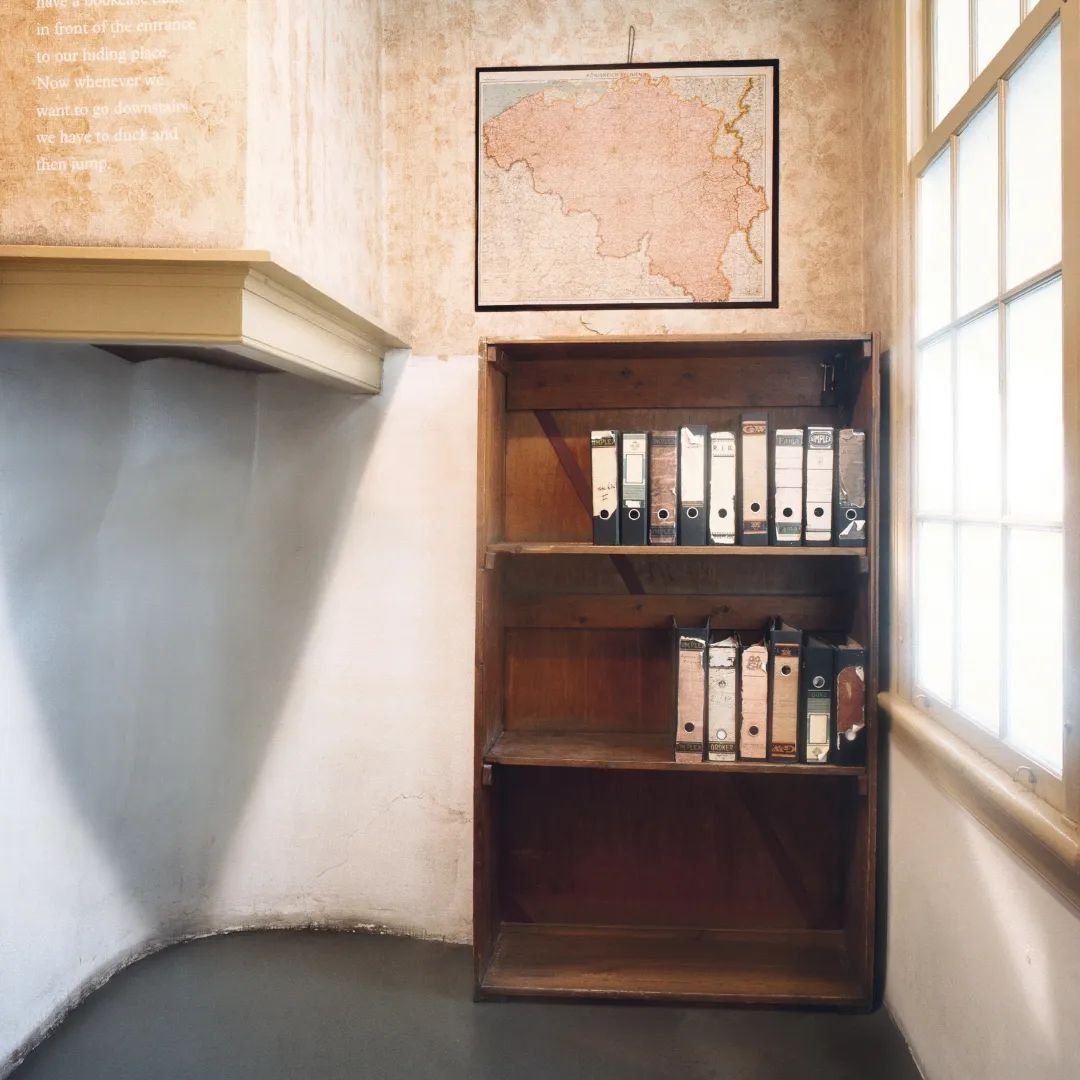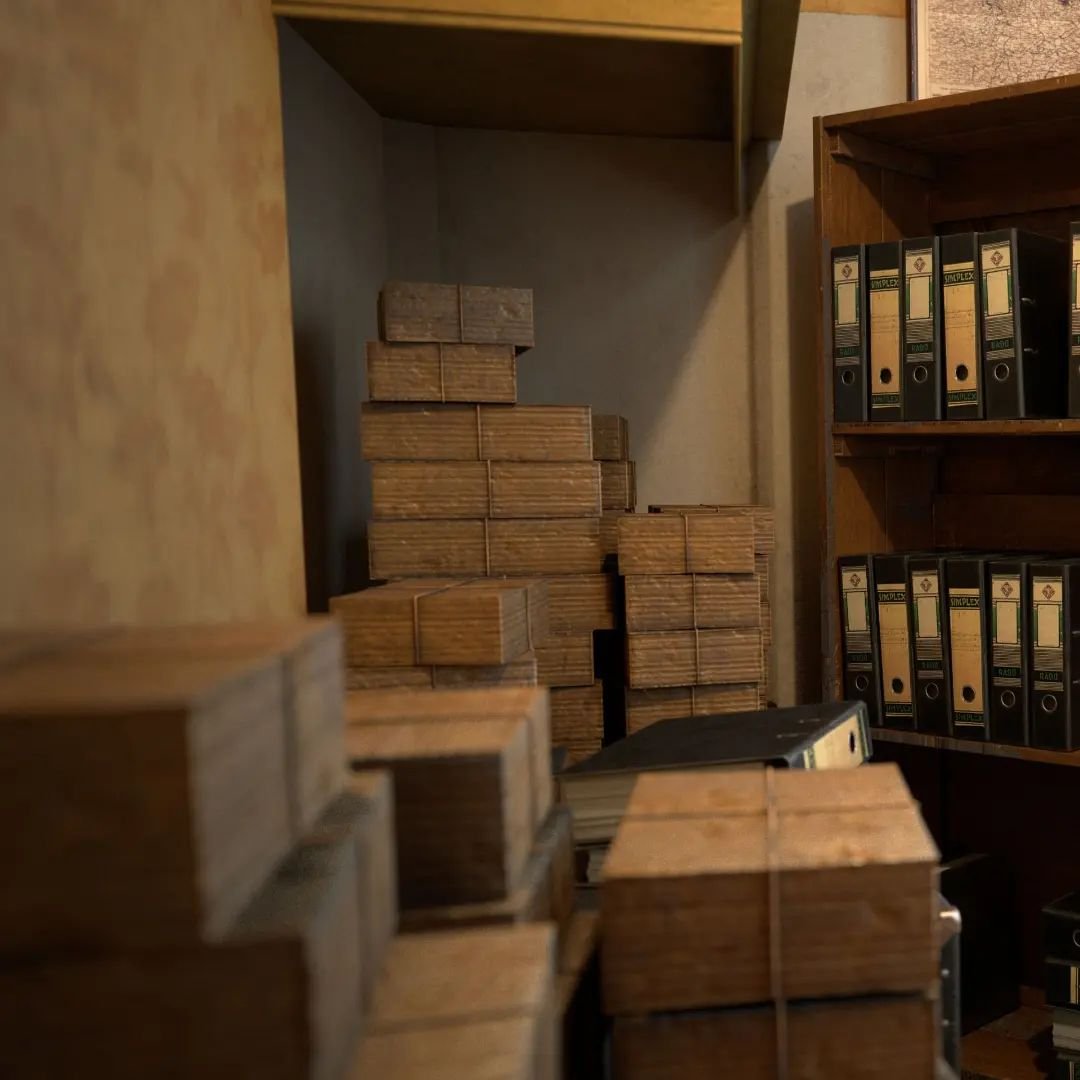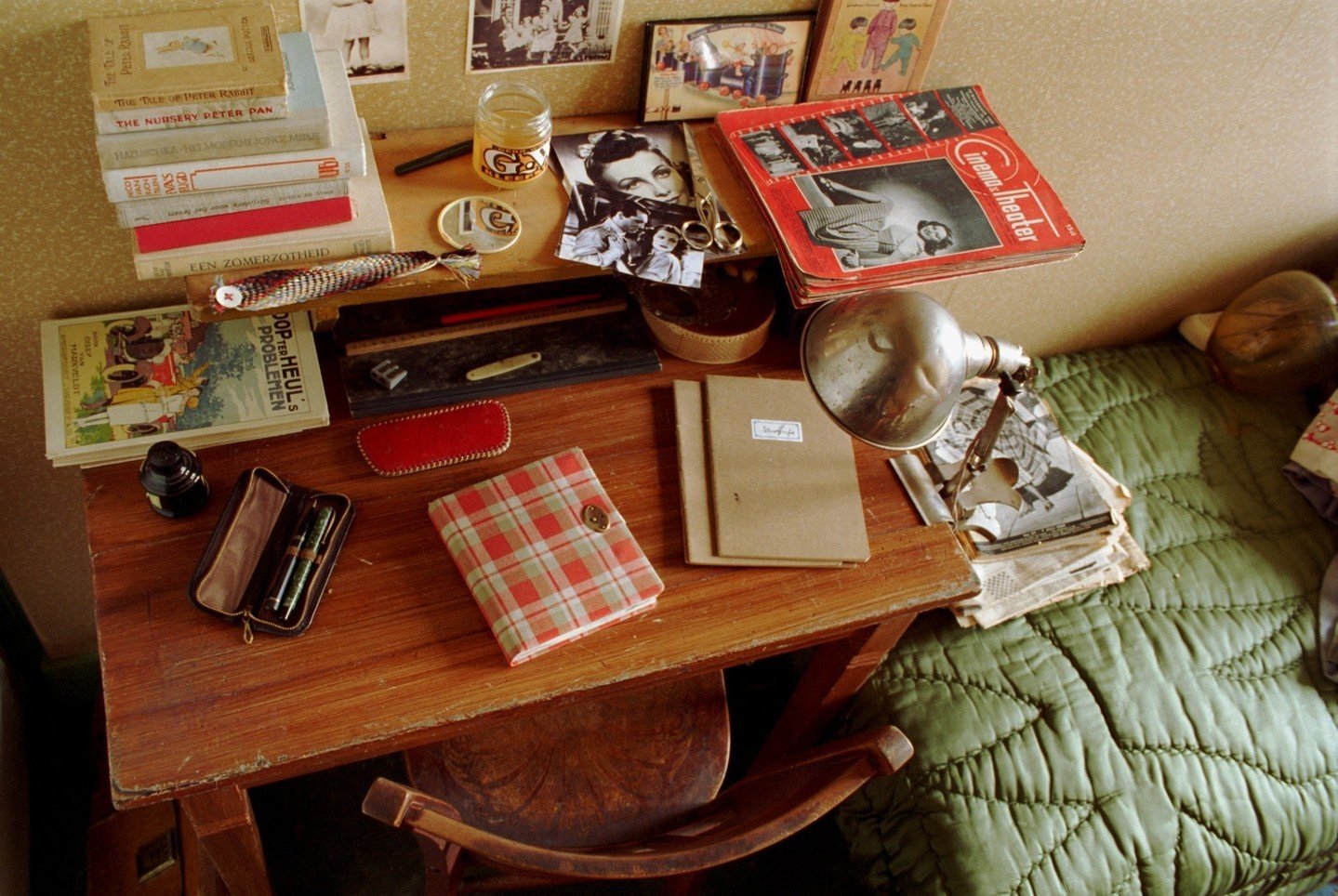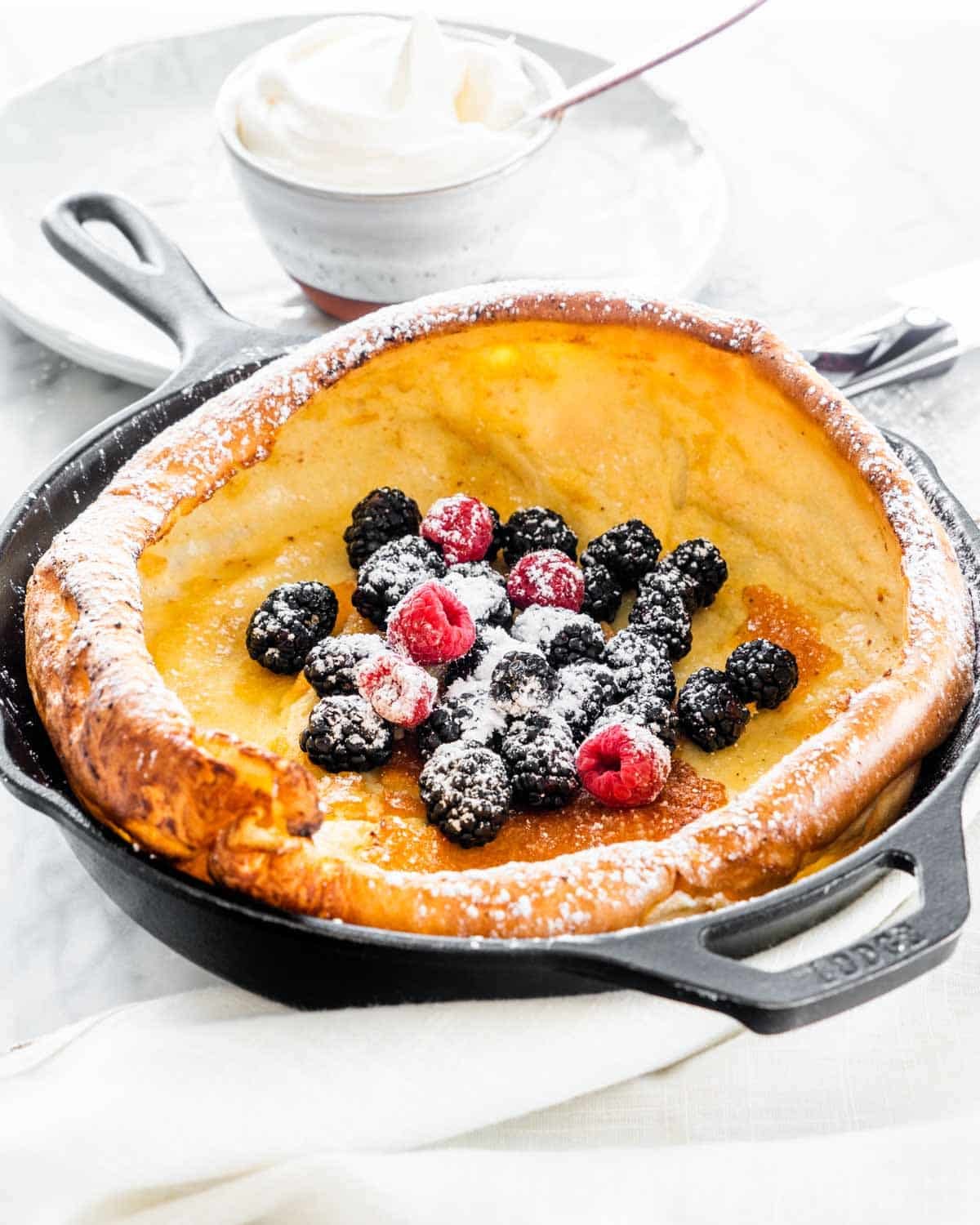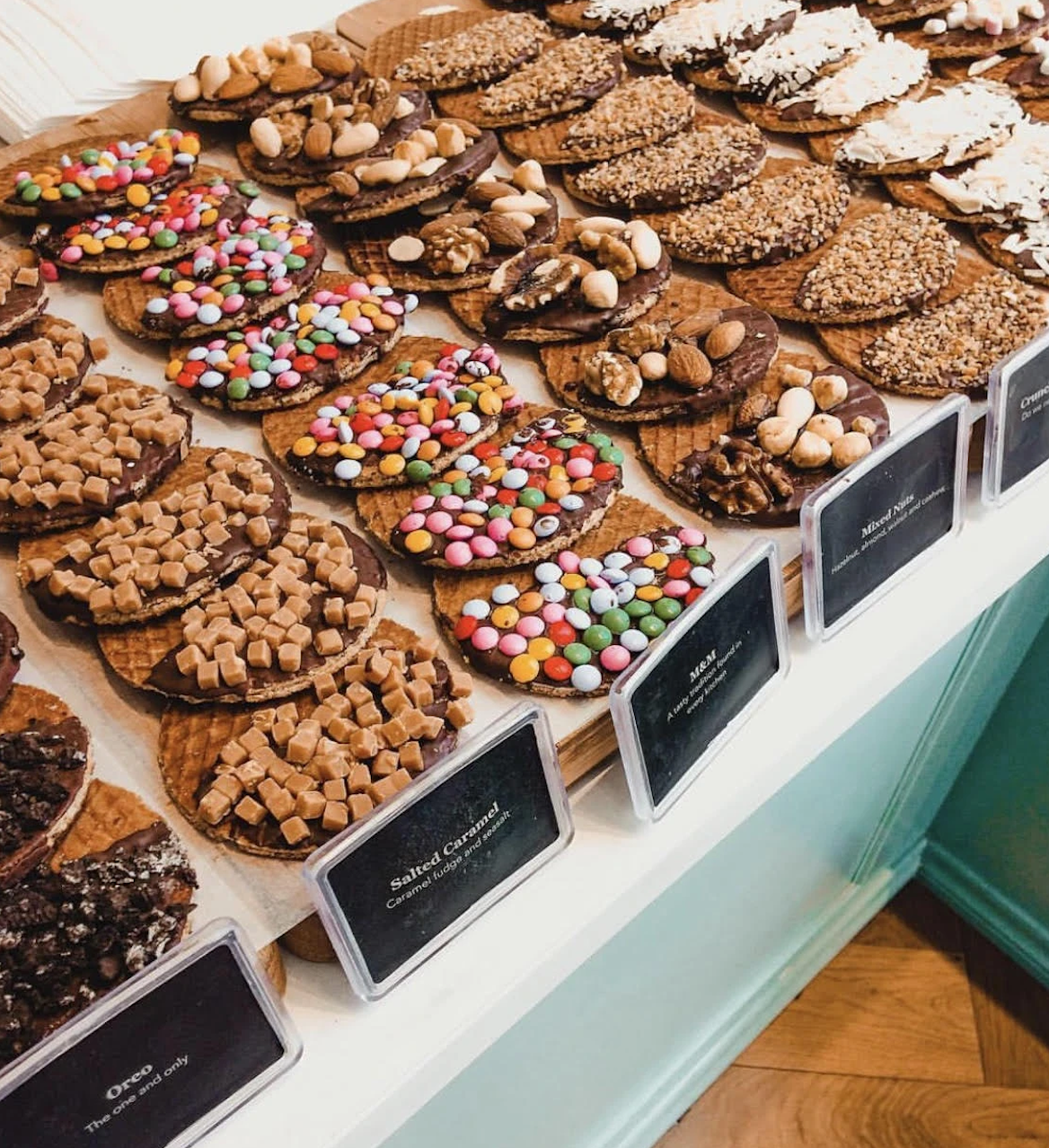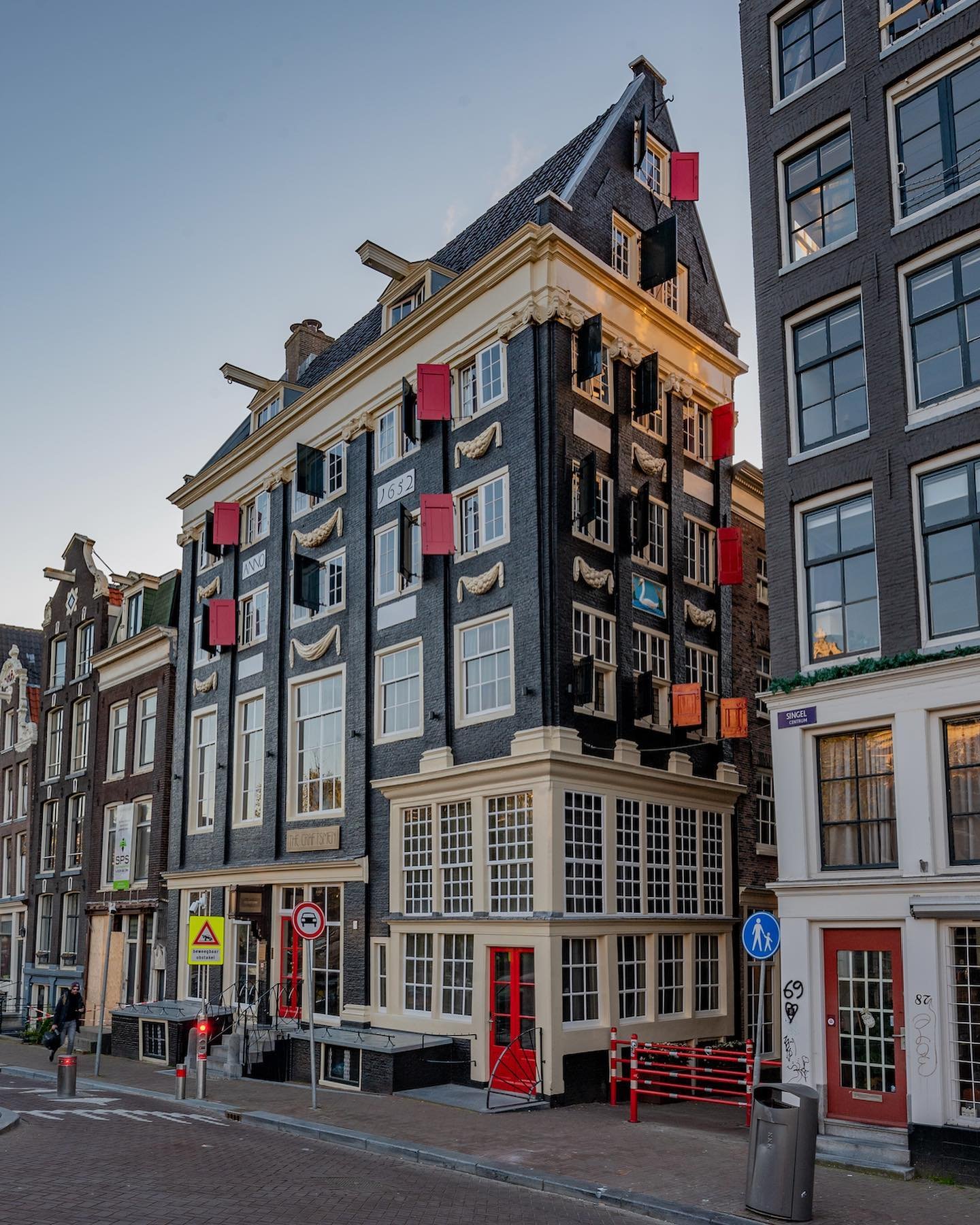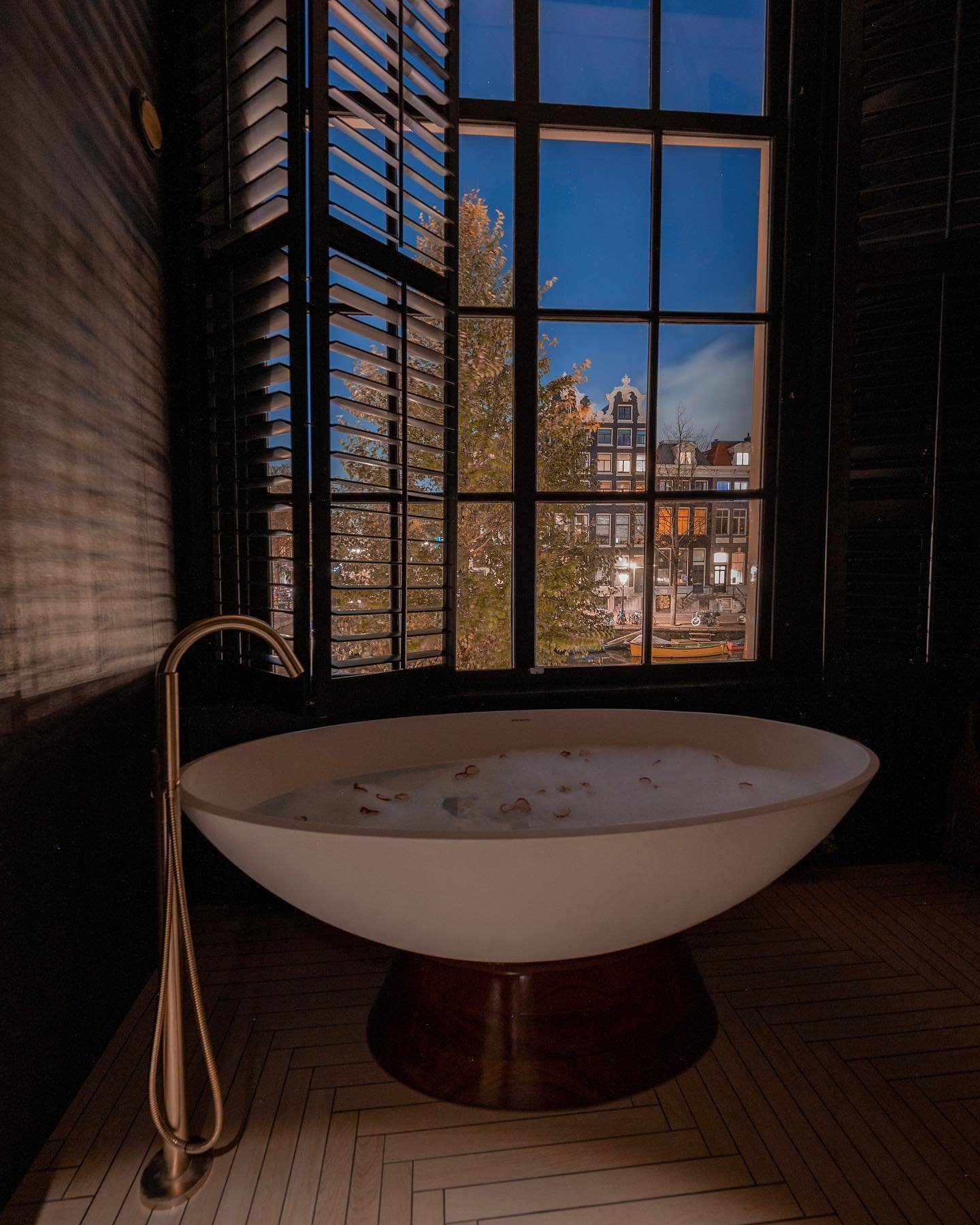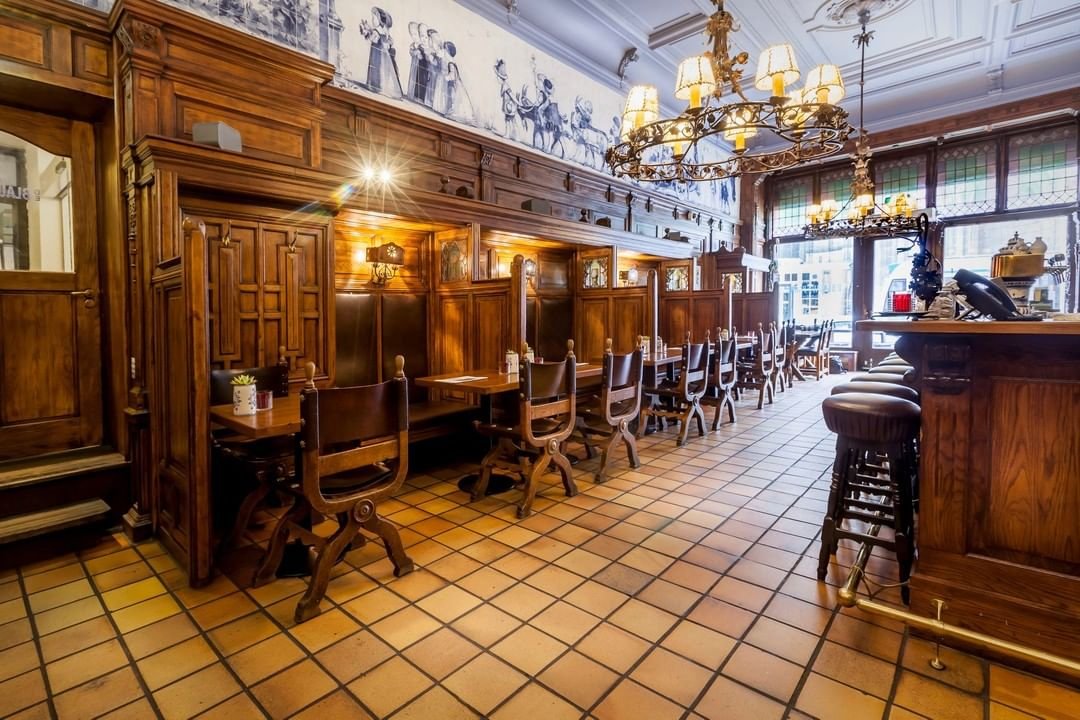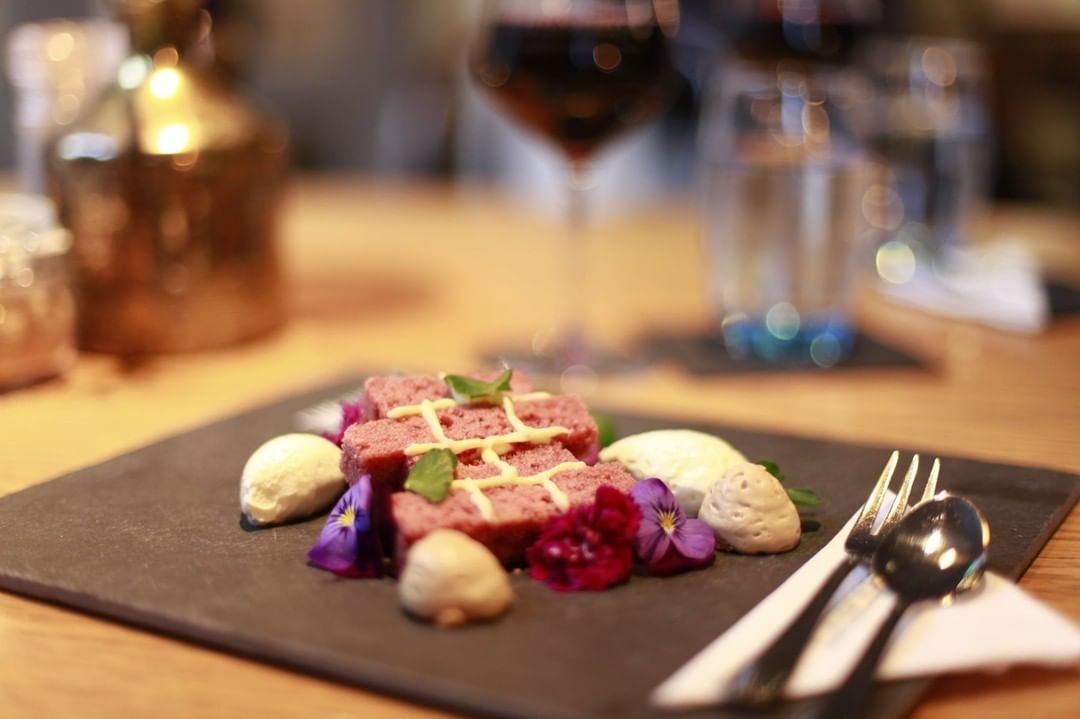Even for the most well-travelled of people, there is something special about Amsterdam.
With the city's olive-green canals, its handsome gabled mansions and ancient patrician houses, its fanciful cafes and chic restaurants, Amsterdam provides a cornucopia of pleasures. While the city is indeed beautiful, there are other cities just as beautiful, if not more so. It is not this that makes Amsterdam so unique. It is the people who live there that make Amsterdam what it is.
With 180 different nationalities, Amsterdam's population is one of the most diverse in Europe. Over the last 50 years, the city has seen an influx of people from countries and cultures around the world, and it is all the better for it.
Amsterdam's cultural and social life is so varied and extensive - there are world-class museums, restaurants, theatres, concert halls, and so many unique cultural experiences such as canal-side concerts and outdoor festivals - that there is something for everyone to enjoy.
Unfortunately, this vibrant city, like so many others around the world, has lain dormant for the past two years. The cafes and restaurants, usually brimming with revellers enjoying a glass of jenever, lay vacant. The museums and art galleries were forced to close their doors to the connoisseurs who normally peruse their corridors. The city's cobbled streets, which are generally teeming with artisans flogging their goods and tourists cycling through the city, lay empty - all because of this dreaded virus.
After a surge in Omicron cases, the Dutch government imposed some of Europe's most rigid Covid restrictions. All hospitality venues and non-essential shops were forced to close. Curfews were implemented. Unvaccinated foreigners were banned from entering the country, and those that were vaccinated were required to quarantine for up to 10 days.
Last month, however, when coronavirus cases began to fall across the Netherlands, the Dutch government began to ease most of the restrictions, and the Amsterdam we know and love returned.
WHAT ARE THE CORONAVIRUS RESTRICTIONS NOW?
If you're fully vaccinated.
Fully vaccinated Britons who can provide acceptable proof of vaccination, including the NHS Covid Pass, are allowed to enter the Netherlands.
Proof of vaccination, however, is only valid 270 days after the final dose of your primary vaccination. 270 days after the final dose of the primary vaccination, you need a booster to be considered fully vaccinated. Currently, there is no end date for the validity of the booster.
Fully vaccinated travellers over the age of 12 no longer have to quarantine upon arriving in the Netherlands. They do, however, have to show one of the following:
A negative PCR test result (taken no more than 48 hours before departure).
A negative antigen test results (taken no more than 24 hours before departure).
If you're not fully vaccinated.
If you are not fully vaccinated or a legal resident of the Netherlands, you are only allowed to enter the Netherlands from the UK if you meet the requirements of an exemption category of the EU entry ban, as established by the Dutch government.
Under this entry ban, non-EU/EEA nationals and nationals of non-Schengen states arriving from outside the Schengen area will not be permitted entry to the Netherlands for non-essential purposes unless they are fully vaccinated. Examples of exemptions include:
Partners of UK nationals who hold a Netherlands residence permit issued under Article 50 TEU (Withdrawal Agreement). Partners must meet the criteria set out by the Dutch government and must carry with them a copy of their partner's residence permit. See the Dutch government's website for further information and the full criteria travellers must meet.
Close family members of seriously or terminally ill patients or those attending the funeral of an immediate family member. Travellers must complete a form before travelling.
Grandparents visiting their newborn grandchildren. Travellers must complete a form before travelling.
Divorced parents visiting any child(ren) who are minors. Travellers must complete a form before travelling.
Travellers who are not fully vaccinated and do not meet the EU entry ban exemption category requirements are not allowed to enter the Netherlands from the UK.
If travellers who are not fully vaccinated meet the requirements of an exemption category, they must, in addition, adhere to the following:
Travellers aged 12 years and over need to show proof of a negative test.
A negative PCR test result (taken no more than 48 hours before departure).
A negative antigen test result (taken no more than 24 hours before departure).
All travellers need to show a completed quarantine declaration form.
A health declaration is also required if travelling by aeroplane.
Not having these forms may result in a fine.
Travellers aged 13 and over from very high-risk areas, including the UK, must quarantine for ten days. Only fully vaccinated travellers who have received a booster vaccine are currently exempt from quarantine.
Other Restrictions.
All indoor and outdoor public spaces such as restaurants, bars, cinemas, theatres, music venues and professional sporting events are open to the public without limitations. The rules on showing a coronavirus entry pass, assigned seating, wearing a face mask and keeping 1.5 metres apart will no longer apply, and capacity is no longer limited.
It is mandatory to wear a face mask in and around public transport, in all areas inside airports and aeroplanes.
THE BIG QUESTION; SHOULD YOU VISIT AMSTERDAM?
Yes, Amsterdam is absolutely worth visiting. With its beautiful architecture, captivating scenery, and fascinating history, it's no wonder Amsterdam is routinely ranked among the greatest cities to visit. If you haven't visited Amsterdam yet, it's not too late.
THINGS TO SEE AND DO IN AMSTERDAM.
Cycling in Amsterdam.
Cycling is the most authentic way to travel around the city, and no visitor should leave Amsterdam without experiencing the city's bicycle culture.
Amsterdam is regularly ranked as the second safest city globally, narrowly behind Copenhagen. Amsterdam has some strict highway rules that favour the pedallers and invested a lot of money in improving cycle lanes throughout the city. There is around 515km (320 miles) of dedicated cycle lanes across the city, making it easier for cyclists to traverse through the city. For this reason, there are more bikes than people in Amsterdam - 22.8 million bikes, or 1.33 bikes per person.
If you plan on visiting Amsterdam, the best way to travel through the city is by bicycle!
Amsterdam's Historic Canal Network.
With every justification, Amsterdam is famous for the beauty of its canals, a network of narrow waterways that rival Venice in their historic charm and beauty.
Many visitors opt for a canal cruise, but there are other ways of enjoying the waterways: the canal hop-on-hop-off service is a quick way of travelling through the city, avoiding the thronging tourists, allowing you to explore the quieter parts of the city. Those of you who are more energetic can hire a pedalo and thrash around to see how far you can get.
Aside from giving you a fresh perspective of the city, the canal network has an interesting history. Completed around 1660, the intricate canal network helped the city grow to what it is today. A maze of connecting canals brought merchandise from all over the world to the doorstep of every canal-side merchant, contributing to the city's rapid growth transforming it into a global powerhouse.
Amsterdam's Works of Art.
The Dutch take great pride in their cultural heritage, which is obvious why.
Amsterdam's Golden Age saw an extraordinary flourishing of the arts - and much of it is displayed in Amsterdam, adding significantly to the city's allure. The most famous Golden Age painter was Rembrandt, arguably one of the greatest artists to have ever lived. Other great artists who came from the Netherlands include Frans Hals, Jan Steen, Johannes Vermeer, and, of course, Vincent Van Gogh.
Many of their artwork now hangs in Amsterdam's premier art museum, the capacious Rijksmuseum. The museum has 22 Rembrandt paintings, from the early Self-Portrait as a Young Man to the later Self-Portrait as the Apostle Paul; the collection forms a coherent overview of Rembrandt's entire life.
Not too far away from the Rijksmuseum is the Van Gogh Museum, which is its closest rival. You begin with his early work when he was a young man and conflicted; as you make your way through the museum, you experience his pain and turmoil, ending with his final pieces of work, which explore his last days of struggle and chaos. The Rijksmuseum and Van Gogh Museum are unmissable for anybody interested in painting and the fine arts.
Amsterdam & Alcohol.
When you visit Amsterdam, be sure to try jenever, which is Dutch gin. It is slightly weaker and a little oiler than English gin. It is served in small glasses and sold at a number of specialist gin bars but is widely available across the city. Choose from oude (old) or jong (young), or korenwijn, which has a malty, oaky flavour. A glass of beer with a jenever chaser is called a kopstoot.
Bols is one of the world's largest Jenever producers, and there's no better place to have a taste of jenever. Nowadays, most of the production is done outside of the city, but there are a couple of ways to see the distilling process without wandering too far. You could visit Lucas Bols Distillery in the Red Light District. There you will find three small stills where jenever is made. Right next door is the Wynand Fockink tavern, where you can drink the same jenever made in the distillery, as well as a massive selection of different liqueurs.
For a more extensive tour, you can visit the House of Bols in the museum district of Amsterdam. The tour guide will explain the history of spices in the Netherlands and how world trade impacted Dutch food and drink throughout the 15th, 16th and 17th centuries. At the end of the tour, a cocktail bar shows you how the spirit is being used by bartenders today.
There are various other tours around distilleries and bars that you can do. There are also various bar crawls you and your friends can partake in. We personally recommend the Amsterdam Beer Bike, in which you and your friends can pedal around the streets of Amsterdam whilst sipping ice-cold beer.
Anne Frank's House.
This one is far more sombre than the previous suggestions, but a visit to Anne Frank's house is necessary if you are in Amsterdam.
The house is where the young Anne Frank, her family, and four others hid during the second world war. Today, you can tour the huis, which was an office with an annexe. Anne's father, Otto Frank, ran his company here. He dealt with products such as pectin, herbs, and spices. The office included a laboratory for experimenting with fruit jams. When conditions in Nazi-occupied Amsterdam worsened, Otto ushered his family into hiding, using the annexe at the back of his warehouse. The area was only about 500 square feet. On June 12, 1942, they went into hiding just a few days after Anne turned 13. They stayed there day and night until their arrest on August 4, 1944.
You will see first-hand the view Anne saw from the attic window as she dreamed of a better future for herself and her family. You will see the room where the lonely Anne played with her imaginary friend, Kitty. You will be able to see her famous diary in which she eloquently expressed her thoughts and feelings during those dark, terrible days. Visiting her house is a solemn occasion and will have a deeply profound effect on you.
THINGS TO EAT IN AMSTERDAM.
Stroopwafel.
If you try one Dutch sweet treat, make it a stroopwafel. Two waffles stuck together with a layer of sweet syrup; these delectable delicacies are best enjoyed warm and gooey. You will be able to find them from a street market or bakery.
Dutch Pancakes.
Dutch pancakes have a thinner, crepe-like consistency with more surface area for delicious toppings than the thick and fluffy American variety. Order yours laden with fruit, cream and syrup.
Apple Pie.
The deep-dish Dutch version is infused with cinnamon, dotted with raisins and served until a smothering of whipped cream. Though it tops the dessert menu at most restaurants and cafés, Winkel 43 in the Jordaan neighbourhood serves one of the best.
Raw Herring.
This may sound a little intimidating to the uninitiated, but every visitor to Amsterdam should give it a taste. You'll spot haringhandels (herring carts) serving up this Dutch speciality across the city. Ask the vendor for a 'broodje haring' to get the fish served in a small sandwich with pickles and onions. The best time to try raw herring is between May and July, when the herring is said to be at its sweetest.
Poffertjes.
Pronounced 'PO-fer-jus', these little fluffy clouds of battery goodness are served up at restaurants and pancake houses all over Amsterdam, but nothing can beat a bag of hot, buttery poffertjes from a street market vendor. Sprinkle them with powdered sugar and let the good times roll.
Tompouce.
Named after a performing dwarf who went by the stage name of Tom Pouce, this cream-filled rectangular pastry is characterised by a layer of smooth pink icing on top. Tompouce is strictly regulated to ensure consistency in size, shape and colour – although, for the past few years, the icing has turned bright orange in Amsterdam around King's Day.
BEST PLACES TO STAY IN AMSTERDAM.
NH City Centre Amsterdam.
The NH City Centre Amsterdam Centre offers guests a gateway to this historic and beautiful city. Located in the heart of Amsterdam and overlooking the Singel Canal, the hotel is a short walk to the famous floating flower market, the moving Anne Frank Museum, and the bustling shops of Dam Square.
Hotel The Craftsmen
A beautiful 17th-century building in a prime canal-side location that has been converted into a boutique hotel, done up with the historical tools and trappings of the eponymous craftsman of Dutch history. Hotel The Craftsman offers a distinctive design, a strong historical story, and a luxurious stay. It is a gem of a small hotel with a family-run ambience.
Die Port Van Cleve
Hotel Die Port van Cleve is a famous Dutch hotel located directly behind the Royal Palace & facing Dam Square. Due to its central location, you will find many tourist and cultural sites within walking distance. Hotel Die Port van Cleve has a rich history. Heineken opened its first brewery in this building in 1864. Hulscher's restaurant is famous for its numbered steaks, and Bar-Bodega' De Blauwe Parade' has a unique Delft blue tile fresco dating from 1887. The rooms are decorated with references to the authentic tile fresco in the bar.
BEST BARS IN AMSTERDAM.
Hiding in Plain Sight.
Walking into this classy speakeasy-style bar, you feel like you've entered a secret clubhouse.
Close to the centre but tucked away enough to avoid the tourist crowds, Hiding in Plain Sight richly rewards those who walk through the corner door. With its inventive cocktails, knowledgeable bartenders, and lounge-style seating, it's a truly delightful place to spend an evening.
Rayleigh & Ramsay van Wou.
Curate your own wine tasting at Rayleigh & Ramsey Van Wou which describes itself as 'a candy store for adults. Load some euros on a 'wine card' at the counter, then mosey around the room and tap it at the dispensers that line the walls to taste up to 100 bottles of wine.
Flying Dutchman Cocktails
This wild cocktail bar; Fly Dutchman Cocktails is smack in the centre of Amsterdam. Co-owner Tess Posthumus has been nominated for four years running for the best international bartender at the Spirited Awards. She shows off her mixologist chops here, focusing on classic cocktails based on recipes up to date 400 years old. There are more than 500 bottles behind the softly lit bar for any spirit connoisseur reading this.
Pllek
Up in stylish Amsterdam Noord, Pllek is a bar, beach, and restaurant rolled into one that also hosts outdoor summer film screenings and live electronic music. To get there, hop on the free ferry at Amsterdam Centraal and settle in with a couple of beers or a glass of rosé on the sand. When the sun finally goes down, retreat under the disco ball in the huge industrial-chic space with rows of windows overlooking the IJ river.
REACH AMSTERDAM BY PRIVATE JET FLIGHTS
The luxury private and business air charter company, Astute Aviation, specialises in luxury private and business air charter travel from Manchester and Liverpool to Amsterdam, Netherlands.
At Astute Aviation, we provide our private jet customers access to a unique variety of aircraft available for charter at reasonable prices.
Our fleet provides a variety of amenities, technology, and passenger seating choices. Whether you are looking for a small or big group, we can assist you in making the appropriate selection when selecting an aircraft at competitive prices with no hidden extras.
Airports in Amsterdam.
Amsterdam Airport Schiphol is located just 6 miles from Amsterdam, and you can reach it within 30 minutes when travelling by train. The airport has its own VIP Terminal enabling private jet clients to avoid the hectic main airport in favour of a more personal experience.
Get a quick Amsterdam Air Charter Quote.
Astute Aviation is committed to providing you with the best air charter alternatives available, as well as an amazing, individualised customer care experience. Get a fast quote from Astute Aviation to charter a private jet to Amsterdam and experience it yourself.
Call us for more information on our jet charter flights from Manchester or Liverpool to Amsterdam, Netherlands.



